
Abolitionism, or the abolitionist movement, is the movement to end slavery and liberate slaves around the world.
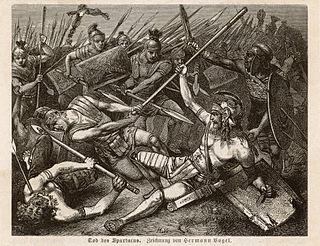
A slave rebellion is an armed uprising by slaves, as a way of fighting for their freedom. Rebellions of slaves have occurred in nearly all societies that practice slavery or have practiced slavery in the past. A desire for freedom and the dream of successful rebellion is often the greatest object of song, art, and culture amongst the enslaved population. These events, however, are often violently opposed and suppressed by slaveholders.
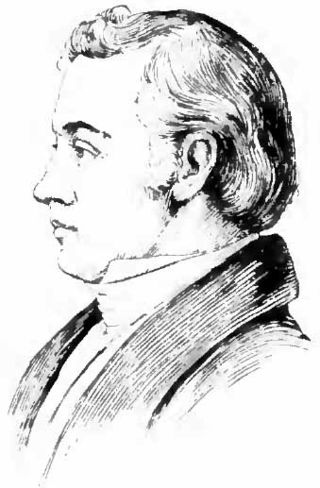
Elijah Parish Lovejoy was an American Presbyterian minister, journalist, newspaper editor, and abolitionist. After his murder by a mob, he became a martyr to the abolitionist cause opposing slavery in the United States. He was also hailed as a defender of free speech and freedom of the press.

A quilombo is a Brazilian hinterland settlement founded by people of African origin, and others sometimes called Carabali. Most of the inhabitants of quilombos, called quilombolas, were maroons, a term for escaped slaves.

Olaudah Equiano, known for most of his life as Gustavus Vassa, was a writer and abolitionist. According to his memoir, he was from the village of Essaka in modern southern Nigeria. Enslaved as a child in West Africa, he was shipped to the Caribbean and sold to a Royal Navy officer. He was sold twice more before purchasing his freedom in 1766.

Zumbi, also known as Zumbi dos Palmares, was a Brazilian quilombola leader and one of the pioneers of resistance to slavery of Africans by the Portuguese in colonial Brazil. He was also the last of the kings of the Quilombo dos Palmares, a settlement of Afro-Brazilian people who liberated themselves from enslavement in the present-day state of Alagoas, Brazil. He is revered in Afro-Brazilian culture as a symbol of African freedom.
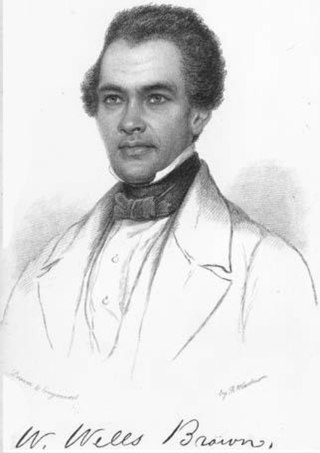
William Wells Brown was an American abolitionist, novelist, playwright, and historian. Born into slavery near Mount Sterling, Kentucky, Brown escaped to Ohio in 1834 at the age of 19. He settled in Boston, Massachusetts, where he worked for abolitionist causes and became a prolific writer. While working for abolition, Brown also supported causes including: temperance, women's suffrage, pacifism, prison reform, and an anti-tobacco movement. His novel Clotel (1853), considered the first novel written by an African American, was published in London, England, where he resided at the time; it was later published in the United States.
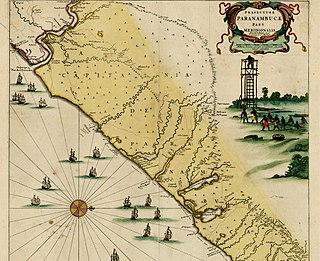
Palmares, or Quilombo dos Palmares, was a quilombo, a community of escaped slaves and others, in colonial Brazil that developed from 1605 until its suppression in 1694. It was located in the captaincy of Pernambuco, in what is today the Brazilian state of Alagoas. The quilombo was located in what is now the municipality of União dos Palmares.

Johann Moritz Rugendas was a German painter, famous in the first half of the 19th century for his works depicting landscapes and ethnographic subjects in several countries in the Americas. Rugendas is considered "by far the most varied and important of the European artists to visit Latin America." He was influenced by Alexander von Humboldt.
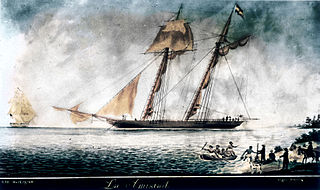
La Amistad was a 19th-century two-masted schooner owned by a Spaniard living in Cuba. It became renowned in July 1839 for a slave revolt by Mende captives who had been captured and sold to European slave traders and illegally transported by a Portuguese ship from West Africa to Cuba, in violation of European treaties against the Atlantic slave trade. Spanish plantation owners Don José Ruiz and Don Pedro Montes bought 53 captives in Havana, Cuba, including four children, and were transporting them on the ship to their plantations near Puerto Príncipe. The revolt began after the schooner's cook jokingly told the slaves that they were to be "killed, salted, and cooked." Sengbe Pieh unshackled himself and the others on the third day and started the revolt. They took control of the ship, killing the captain and the cook. Three Africans were also killed in the melee.
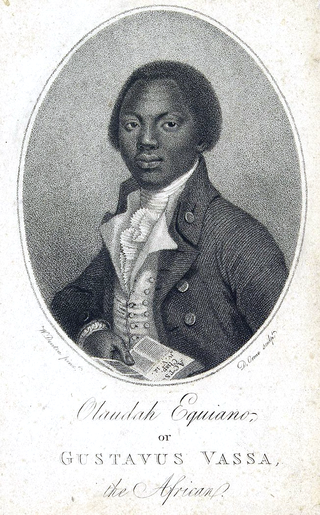
The Interesting Narrative of the Life of Olaudah Equiano, Or Gustavus Vassa, The African, first published in 1789 in London, is the autobiography of Olaudah Equiano, an African from what is now Nigeria who was enslaved in childhood and eventually earned his freedom and became an abolitionist in the United Kingdom.

Slavery in Brazil began long before the first Portuguese settlement. Later, colonists were heavily dependent on indigenous labor during the initial phases of settlement to maintain the subsistence economy, and natives were often captured by expeditions of bandeirantes. The importation of African slaves began midway through the 16th century, but the enslavement of indigenous peoples continued well into the 17th and 18th centuries. Europeans and Chinese were also enslaved.

Luís Gonzaga Pinto da Gama was a Brazilian rábula, abolitionist, orator, journalist and writer, and the Patron of the abolition of slavery in Brazil.
For a history of Afro-Caribbean people in the UK, see British African Caribbean community.
The Dendi are an ethnic group located in Benin, Niger, Nigeria and northern Togo mainly in the plains of the Niger River. They are part of the Songhai people. Derived from the Songhay language, the term "Dendi" translates to "down the river." The community consists of 195,633 people. Among them, only 4,505 live in Nigeria. In Niger they live in around the city of Gaya. Their mother tongue is Dendi.

William P. Newman (1810/15–1866) was a fugitive slave who escaped from Virginia, moved north and obtained an education at Oberlin College. Becoming an ordained Baptist minister, he pastored for a few years at the Union Baptist Church of Cincinnati, Ohio. He made numerous mission trips to Canada, founding schools and preaching. He was known for writing on abolitionist themes. After the Fugitive Slave Act of 1850 passed, he settled his family in Ontario, where they remained until 1859. Leaving Canada, he first immigrated with his family to Haiti, but came into conflict with the Catholicism he found there. After trying to immigrate again to Jamaica, he returned to the United States after the outbreak of the Civil War and re-established his pastorate at the Union Baptist Church. He died in a cholera epidemic in 1866.

Francisco José do Nascimento, known as Dragão do Mar, was an Afro-Brazilian raft fisherman (jangadeiro), pilot and abolitionist figure, who in 1881 led a strike of his fellow jangadeiros in the port of Fortaleza, state of Ceará, refusing to transport enslaved black people to be sold in Rio de Janeiro and other Brazilian provinces.
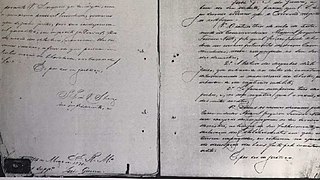
The Netto Question was the largest collective action for the liberation of slaves in the Americas. The lawsuit is related to the liberation of 217 slaves in Brazilian lands in the 1870s.
















